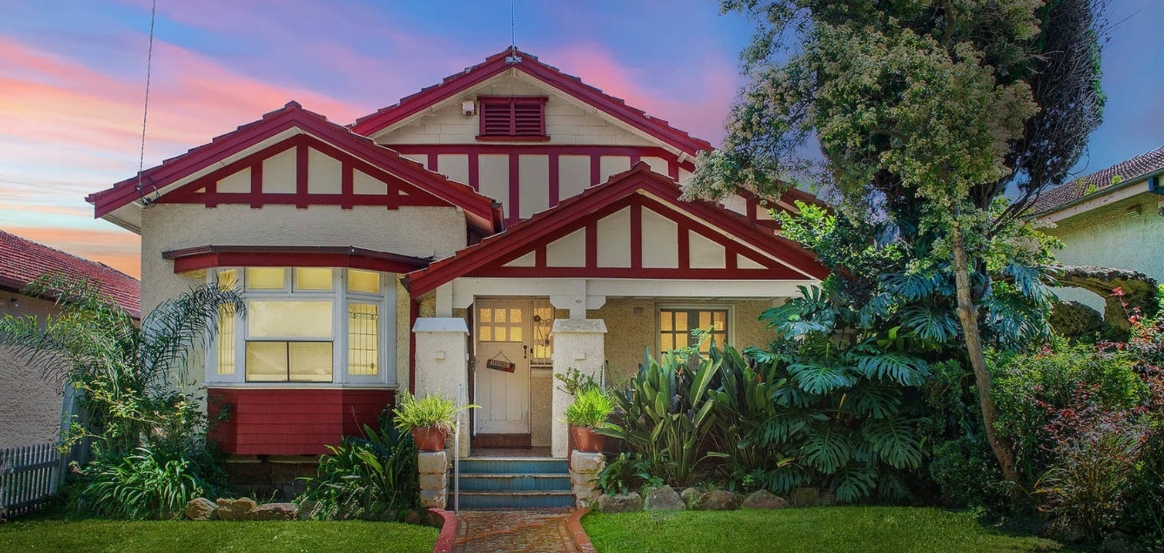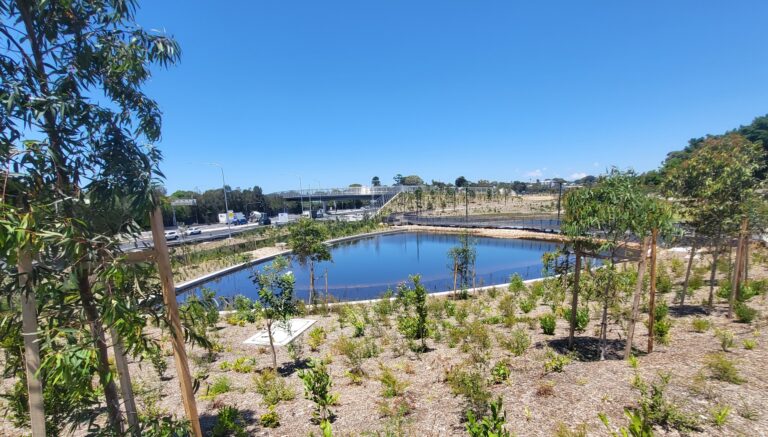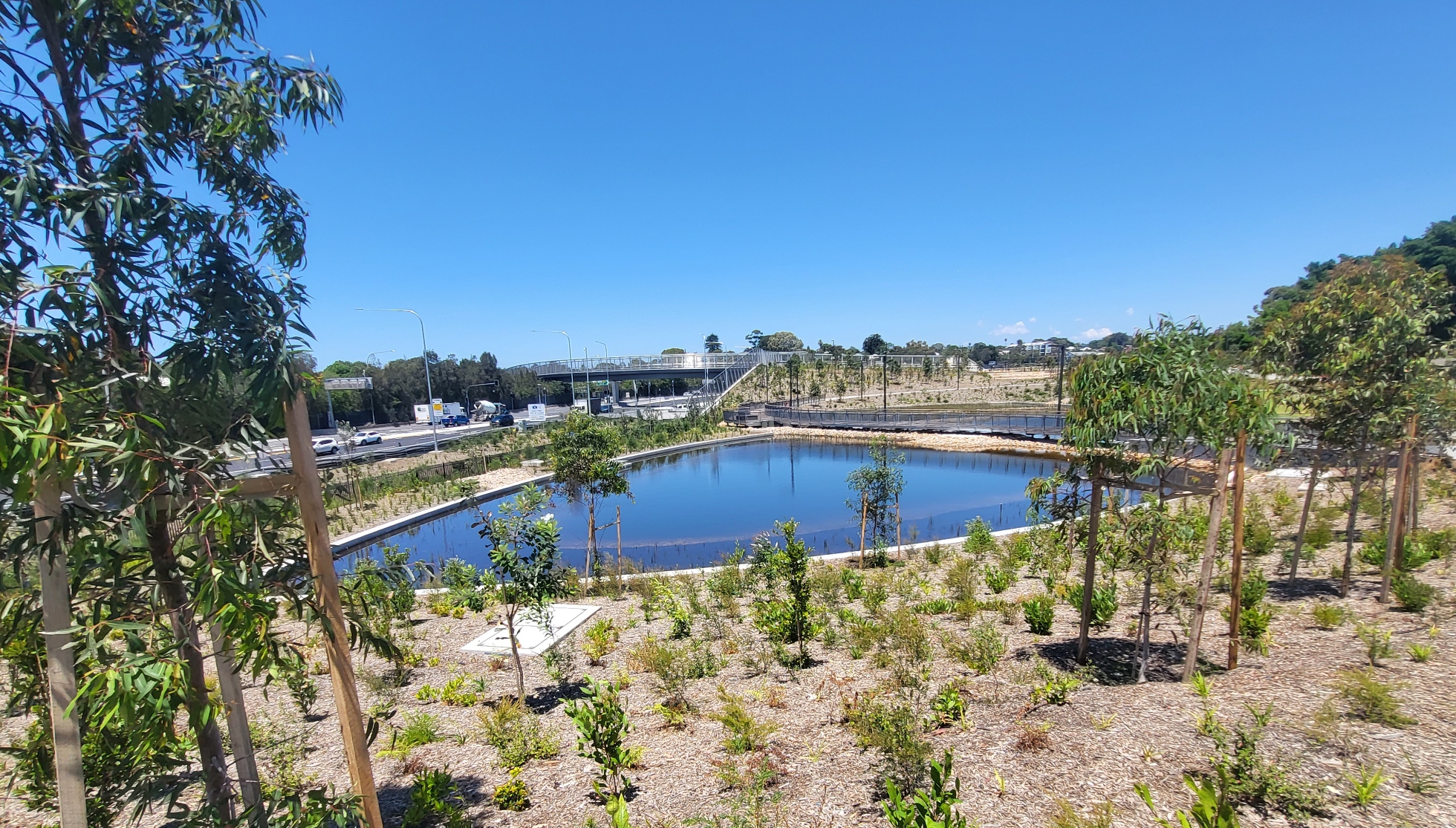
Heritage or development? Sydney council decision divides local opinion

by JASMINE SIMMONS
The high-concentration of heritage listed sites in the Inner West, which restricts the development and construction of new homes, has left many of its residents divided.
Every council in Sydney lists individual heritage houses, but broader heritage conservation areas (HCAs) are most concentrated in the inner west, north, and east of Sydney. To illustrate, there are 75 HCAs in the City of Sydney area and 52 in Ku-ring-gai Council, while Liverpool, Fairfield, and Blacktown in western Sydney have none.
At an Inner West Council’s meeting in December, staff revealed that 43 per cent of the municipality is under some form of heritage protection, including all of Haberfield and much of Balmain.
Yet one of the motions on the agenda, to which 6 out of 22 members of the public spoke before the meeting began, was to put four adjacent Californian bungalows in Dulwich Hill on the local heritage register.
The final Council vote was 12-3, with Mayor Darcy Byrne, Deputy Mayor Chloe Smith, and Councillor Phillipa Scott voting to oppose the listing.
The heritage argument
The proposal has ignited a wider conversation surrounding heritage-listed sites, causing a divide in local opinion.
One of the properties on 11 Macarthur Parade was reportedly the home of John Thomas Ness (1871-1947), who was an influential activist, businessman and politician (including three terms as Mayor of Marrickville Council).
The home was built in the early 1920s, as were the adjacent bungalow homes. Number 11 is currently listed for sale as a potential development site.
Whilst the decision ensures historic protection over property development, others believe that having too many heritage-listed sites in metropolitan areas are actively contributing to Sydney’s ongoing rental crisis.
Premier Chris Minns, when asked about the HCAs, expressed that the heritage orders were being too often used as “a way of preventing development and saying ‘no’ without being upfront about it.”
Singling out Sydney’s Inner West, Minns told ABC radio that “it’s virtually impossible for young people to move into that community”.
“They want to live there, it’s close to the CBD, you can cycle, you can walk. We’re building a $26 billion Metro public transport solution for that community, and there needs to be more density.”
At the Inner West Council meeting in December 2023, the debate focused on the two sides: conserving suburban character and preventing overdevelopment, and the restricted access to housing, specifically for young people.
One of the first speakers at the Inner West Council meeting against the heritage motion was Justin Simon from Summer Hill.
As a longtime resident of the Inner West, Mr Simon has seen “heritage persistently used to frustrate housing construction and worsen affordability.”
Mr Simon went on to say that the size of the bungalows will prevent many townhouses from being developed.
We can have both
Marrickville resident and architect Peter Olive also spoke at the council meeting, saying he believes that the Inner West can protect its historically built environment and also achieve high housing densities.
“We can preserve and adaptively reuse what we already have and increase the density of our suburbs,” stated Mr Olive.
The solutions that Mr Olive offered to the council to increase housing density without destroying historic sites was to maximise floor space ratios for secondary dwellings and to encourage transverse subdivision lots.
Mr Olive also stated that the protection of the bungalows “should be a starting point for a wider discussion on how our built environment intersects with increased density.”
He provided the current example of the community-loved Marrickville library as a retained heritage and adaptive reuse site.
Speaking to City Hub, Mr Olive “With a bit of sensitivity and nuanced planning we can keep our historic housing stock while increasing density.”
“We can have our cake and eat it.”








